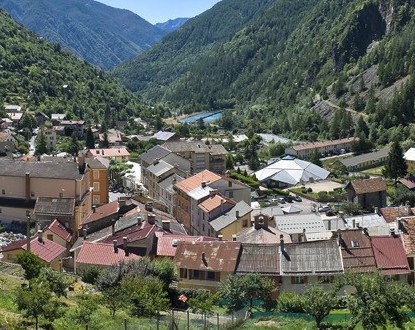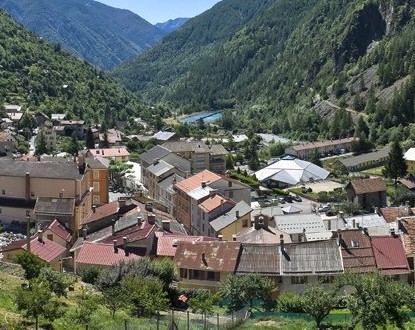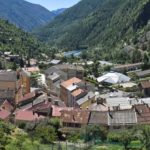The name Isola originates from the Latin root ‘Lev’ meaning grassy slope. In 1066, the bishop of Nice gave Leudola to Count Rostaing. The name evolved and changed over the centuries: Lieusola, Lieussoulot in the mountain dialect, l’Isola and finally Isola, as it is known today.

With the annexation of the County of Nice to France in 1860, Isola lost its Chastillon pastures. The entire ridge line remained with the States of Savoy and then with Italy after the completion of unity in 1861. The explanation was to satisfy the King of Piedmont Sardinia by preserving his hunting grounds. The terrain’s layout provides the real reason, that of military strategy.
The Chastillon, the Lombarde mule path, another towards the Red Lands, Mollières, and upper Vésubie ended up on the other side of the border. France and Italy had rather tense relations. The forts erected in 1935 by Mussolini are witnesses to the divide between the Stura and Tinée valleys. After the war in 1947, the people of Isola regained their pastures through the new border.
In the late sixties and early seventies, a road was opened on what was only a mule path. This road allows communication with Piedmont in the beautiful season, with the sanctuary of Saint Anne of Vinadio only eight kilometers from the Lombarde pass. You can continue on to Cuneo and Piedmont.
This road, carved climbing to 2,350 meters in altitude, gave the idea to create a winter sports resort where snow cover would be assured. Isola 2000 was born. Some friends asked us for an explanation of Isola’s coat of arms. To answer their question, we take the opportunity to look back at the repurchase of this village’s enfeoffment in 1702. Isola became a free commune, hence the motto: Libertas et Fidelitas, signifying its freedom and nevertheless its fidelity to its lord.
The keys of Saint Peter represent that Isola is placed under his protection. The two other attributes are easy to understand: chestnuts for the chestnut trees and the silver band representing the Tinée.
From the village raise your eyes, the Guerche comes down singing its symphony to meet the Tinée, then a peak stands before you, it calls you and believe us, you will not regret answering its invitation.
Thierry Jan



